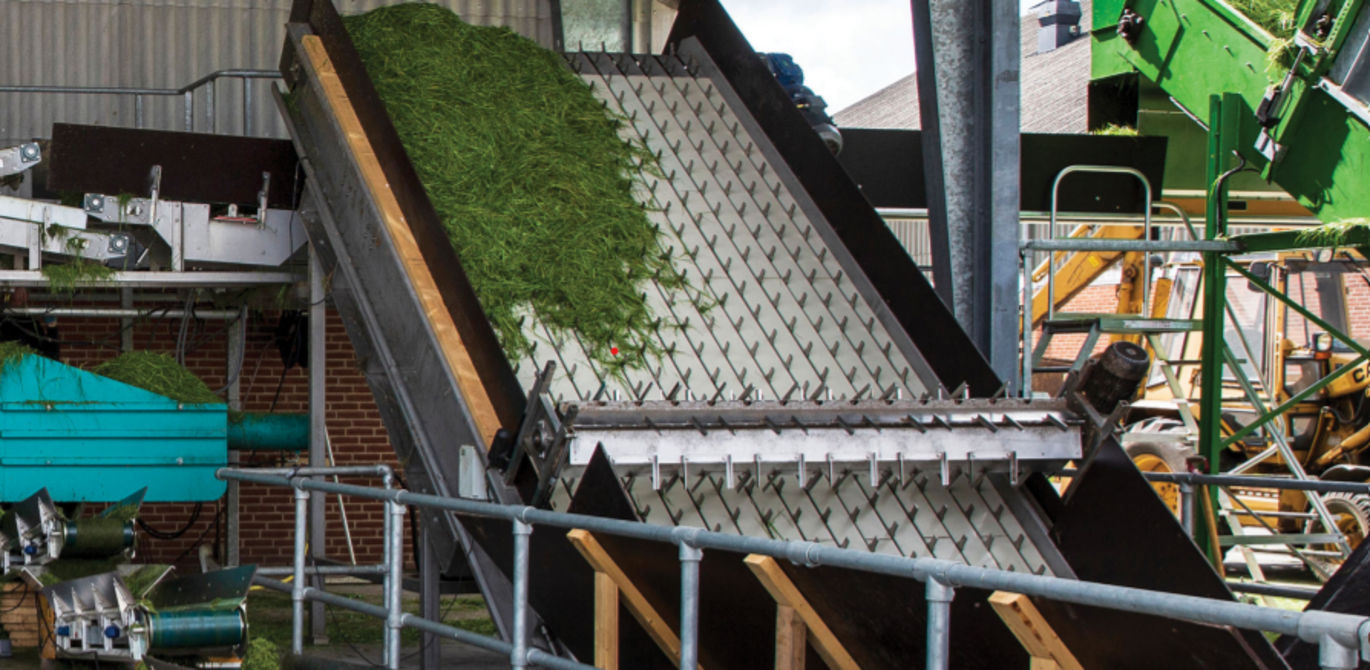Environmental and socio-economic analysis of integrated grass biorefinery scenarios

Financial and welfare economic analyses of two scenarios for production of green proteins at a biorefinery, integrated with a biogas facility. Residual biomass resources from the protein production provides input to biogas generation, which in turn supplies process energy for the biorefinery, while surplus biogas is upgraded to biomethane.
A new report presents financial and welfare economic analyses of two scenarios for production of green proteins at a biorefinery, integrated with a biogas facility.
Residual biomass resources from the protein production provides input to biogas generation, which in turn supplies process energy for the biorefinery, while surplus biogas is upgraded to biomethane. The protein production is based on highly fertilized grasses (450 kgN/ha) that replace conventional crops.
The externalities considered in the welfare economic analysis comprise GHG emissions, air pollution, N and P leaching, cadmium as well as road and off-road transport.
The analysis shows that protein production in association with biogas generation, based on biomass input of highly fertilized grass, can be commercially attractive, though depending on scale and the specific assumptions made. However, from a public expenditure perspective such production will be burdensome, due to the generous feed-in tariffs awarded to biogas.
The negative outcome of the welfare economic analysis indicates that environmental benefits to Denmark do not suffice to justify the level of public support that would be involved. However, the economic value of a potential GHG reduction from less import of soy has not been included, due to its non-domestic features and the uncertainties involved.
Read full report
